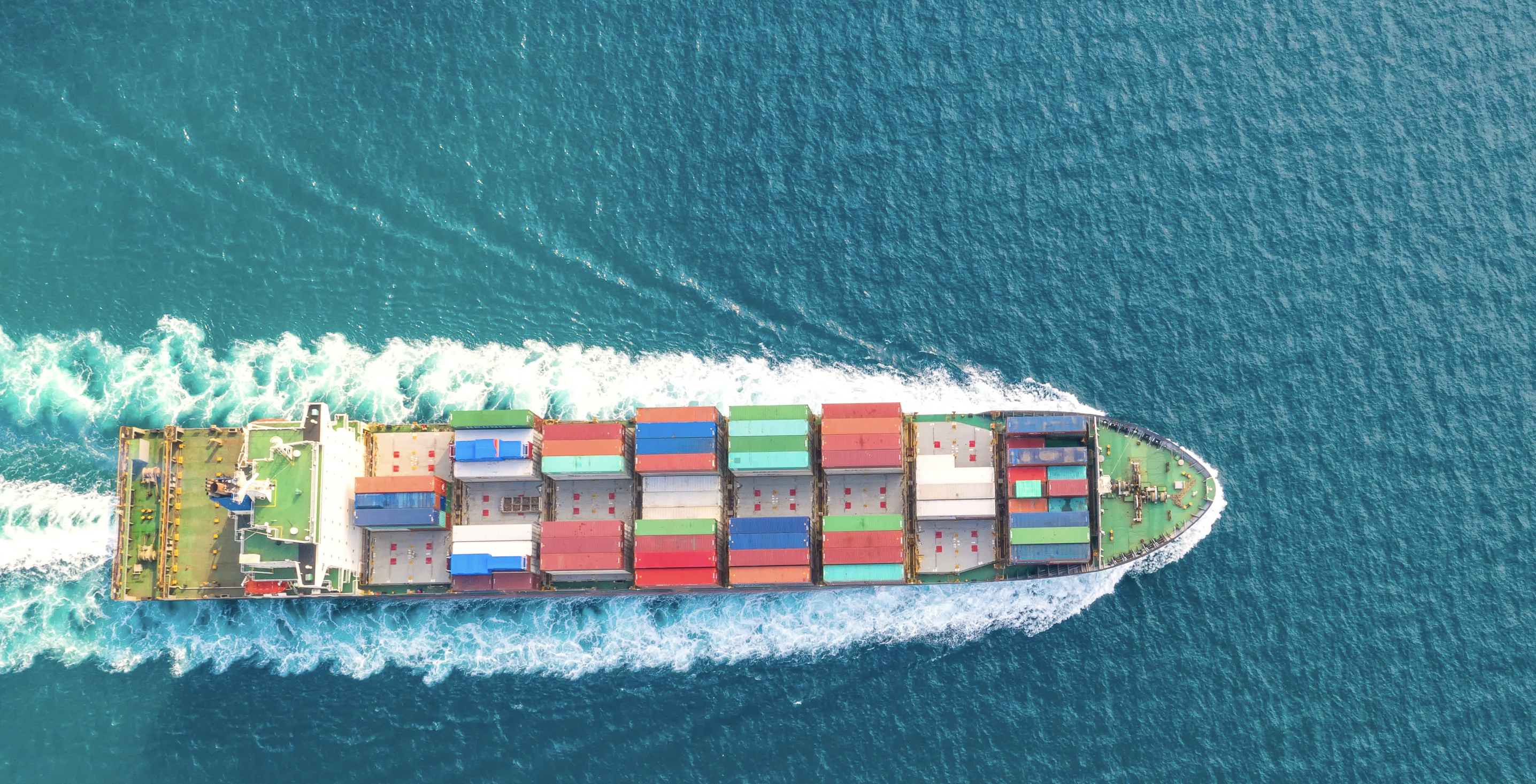After several difficult years, many of the logistical issues that have impacted global supply chains are starting to stabilize. However, cargo theft remains a concern. With persistent inflation and other economic pressures, the phenomenon requires a mobilization of all parties involved in the transportation of goods.
Even if the vast majority of shipments are without challenges, several links in the chain remain exposed to the risk of theft. In fact, a large number of reported crimes take place during pre- or post-carriage. Safety, malice and theft (including theft by deception) become top of mind. Sufficient deterrents are put in place, including stronger warehouse and storage site security through human and technical resources (video protection/remote monitoring), as well as site and warehouse safety certifications.
Transportation theft
Today, two types of theft with very distinct characteristics remain a challenge:
- Theft by opportunity: Generally unsophisticated crimes and of lesser value, such as goods in vehicles with little or no means of security parking in unsecured parking lots. The increase in online shopping and the consequent transport of goods, as well as the accumulation of goods in rail yards and ports of embarkation as soon as an incident occurs, are two factors that have multiplied this type of theft in recent years.
- Organised crime: Targeted goods, more sophisticated and planned crimes that often require the cooperation of a person with inside information on the transit route. Perpetrators go to great lengths to identify valuable cargoes, such as electronics and pharmaceuticals, forge licenses and shipping documents, create fake trucking lines and other deceptive schemes in order to steal the goods.
Reality on the ground
Despite the procedures put in place, land transport remains an area that is subject to hazards. For example, congestion at the port may occur in the event of a port strike, or a driver might reach the limit of their authorized driving time. The obligation to park the vehicle on the road is difficult to manage with very few secure car parks in France.
There is a map of which countries are more affected by crime than others, but no one is spared. When altered lead is found on a container transported from France to the United States, many people do not file a complaint because they do not know for certain where it happened. These offences are therefore not reported. To give you a recent example, let’s consider the 300 parcels that disappeared from a container coming from India via Antwerp. Who should file a complaint? The sender considers that it is not within their jurisdiction. Upon arrival in France, it is impossible to know where the flight took place, especially at the time of the stopover.
It is often noted that there is a lack of coordination between the various parties involved. However, only a concerted approach could make it possible to put in place preventive actions and limit the risks.
Cost of incidents
Safety is always a priority, but it can come at a cost, and not all shippers are ready to accept it. However, the cost of theft is often more expensive than taking preventive action.
Whether the goods are stolen from a ship, train, truck or warehouse, losses of goods that occur in transit are generally covered by marine insurance policies. All of these situations come at a cost. For example, when a container has been opened, its delivery is delayed by several days. The deductibles may be in the range of 15,000 to 20,000 euros per claim, and this can add up to significant sums.
Carriers call on the experts to help them establish liability at the time of the theft (if the investigation determines that the negligence of one of the freight forwarders, carriers or logistics subcontractors led to the theft, then they must take responsibility for the loss), as well as to recover the stolen goods and reduce the risk of future losses.
Safeguarding interests
Among the actions to be considered to combat malicious acts, security professionals should be asked to carry out a risk analysis prior to the transportation of goods. The client can draw up a set of specifications, which is the subject of a study, and not just an offer of prices drawn from the lowest drawn. Establishing this recommendation is particularly relevant when the value of the goods, or the distance/destination, are sensitive. By starting a conversation about how transport can be organised, customer and carrier share a common vision of risks. Problematic issues need to be discussed and validated jointly. For the client, it then becomes more acceptable to pay for the service, which also corresponds to a consultancy service.
As we have already seen, it is essential to report all facts/obervations, even if they are not reported to the insurers, as well as to transmit those findings to the authorities (relationships between certain facts) to give them more means to act.
With insurers, thinking about the level of deductibles that do not currently encourage people to file a complaint would be a first point of reflection, as would collectively act on prevention. Securing goods can generate costs that the client is not always willing to accept. The carrier can’t take care of everything. An incentive in the form of a bonus could encourage the necessary investment in vehicles, for example. Safety is everyone’s business and awareness is essential. It starts with developing simple best practices and a culture of safety.
The industry must deal with new risks, such as cyber, that can have a real impact on the transportation business, but we can’t dismiss the fundamental risks. In the event of an incident, everyone’s reputation can be at stake, and in the event of a court case, the judge can be less lenient with a company that has all the capacity to act. We need to put in place joint initiatives to reduce these risks and limit the cost to business.

